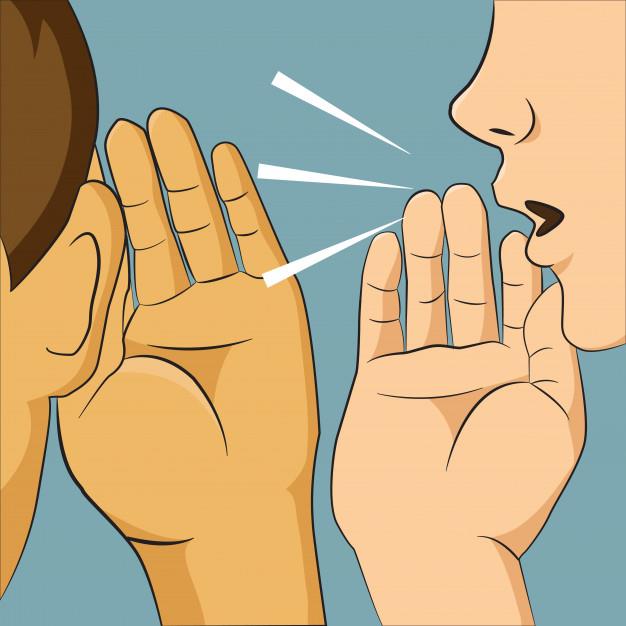Of course the epidemic is not on the way out. Right now it's very much on the way back. Faced with a worse-than-worst-case scenario, gov.uk has reversed policy and announced that on November 5th - anniversary of the famous plot to destroy parliament - England will start another national lockdown, duration at least 4 weeks. Those who will NOT stay at home include essential workers, university staff and students, teachers and schoolchildren - that's a lot of people.
One of the main drivers of the "second wave" of Covid cases in Europe seems to be the underestimated transmission of the virus between people indoors: working, shopping, socialising, studying, travelling, even (ironically) keeping fit. Evidence is growing that in such settings "hands, face and space" are not enough, because indoor meeting places are the domain of Aerosol Transmission. Speaking loudly or breathing heavily are enough to spread virus particles throughout a room. Chances are, the spreader will only find out later, if at all, what they were doing and to whom.
Shortly before Covid-19 became a global phenomenon, Nature published an article nature.com/articles/s41598-... describing how people could emit large numbers of microscopic particles just by speaking normally; "Furthermore, a small fraction of individuals behaves as 'speech superemitters', ...unknown physiological factors, varying dramatically among individuals, could ...help explain the existence of superspreaders who are disproportionately responsible for outbreaks of airborne infectious disease".
By last July, many scientists (but not at that stage the World Health Organisation) were convinced that the coronavirus was spreading through airborne transmission including aerosols smaller than 5 microns across bmj.com/content/370/bmj.m3206
Fast forward to October, and the world now knows a lot more about how the coronavirus is passed between people. Laboratory experiments are backed up by huge data sets from track-and-trace software. However sketchy the data may be, in aggregate it enables analysts to put some figures on transmission rates, not only from one geographical area to another but in various types of indoor and outdoor setting. In France and Spain studies have been published. In Wales "chatting indoors" has been identified as the main cause of the recent upsurge in Covid cases bbc.co.uk/news/uk-wales-547....
This article english.elpais.com/society/... is an overview of the likelihood of infection in three everyday scenarios, based on the safety measures used and the length of exposure. It's notable for some memorable graphics illustrating what are a few simple learning points. How a room or other indoor space is ventilated turns out to be very important, yet official guidance addresses this only briefly gov.uk/search/all?manual%5B... and I doubt that many managers of offices, schools and the like have made any special provisions.
Under the coming lockdown in England, most of us on this forum will, I hope, be following the rules if at all possible. Afterwards, and in places where life carries on "as normal", maybe these simple learning points will help you and yours to stay safe.
